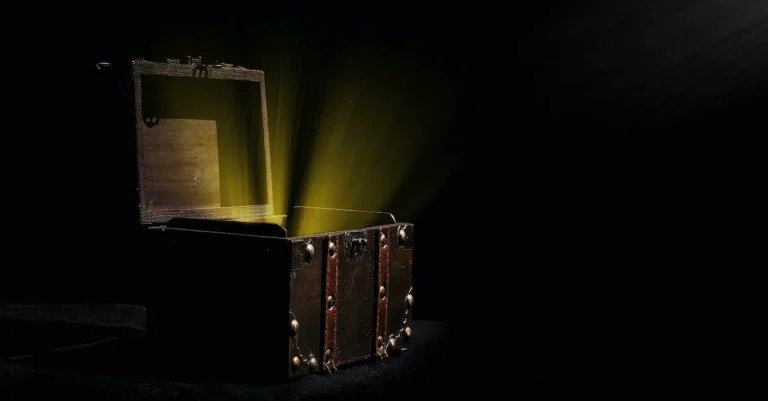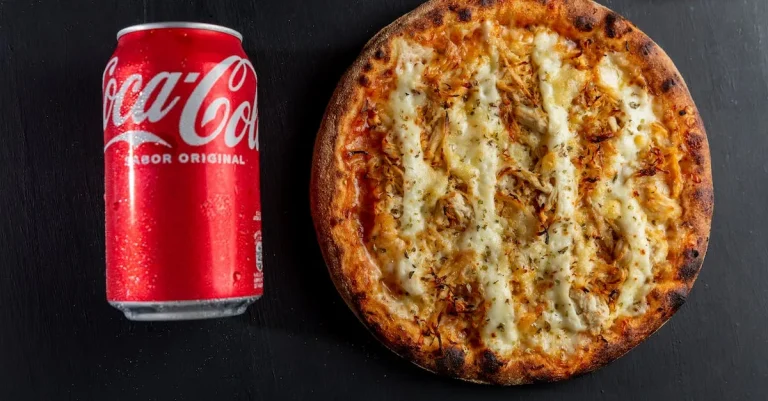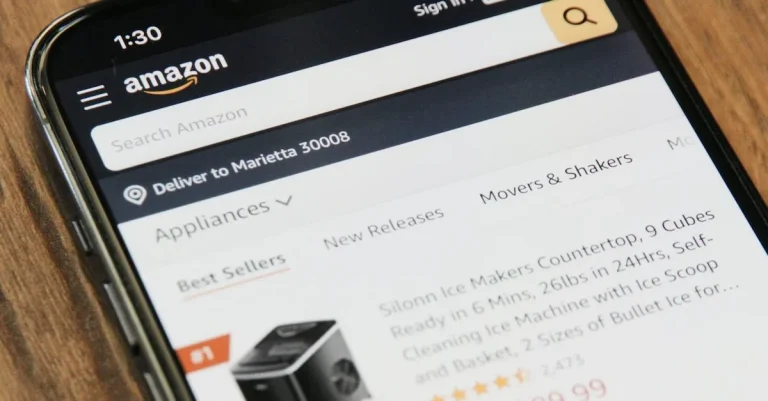What Is A Piece Of Eight Worth Today?
For centuries, pieces of eight fascinated people around the world. These irregularly shaped silver coins once served as the Spanish dollar, the first global currency in history.
Their unique shape and intricate designs made them easily recognizable.
But what are these historic coins worth today?
If you’re short on time, here’s a quick answer to your question: A piece of eight in average condition is worth around $200 to $300 USD today. However, rare specimens in pristine condition can fetch over $1,000 at auction.
In this comprehensive guide, we’ll explore everything you need to know about pieces of eight and their current value on the collector’s market today.
Origins and History of the Piece of Eight
The Piece of Eight, also known as the Spanish dollar, was a silver coin that was widely used in the New World during the 16th to 19th centuries.
Its value and popularity were derived from its origins and unique characteristics.
Made from Mexican Silver
The Piece of Eight was made from silver mined in Spanish colonies, particularly from mines in Mexico.
The Spanish conquistadors discovered vast silver deposits in Mexico, which led to the establishment of mints to produce coins.
These coins were then transported back to Spain and other parts of the world, where they became widely circulated.
The use of Mexican silver in the production of the Piece of Eight added to its value and desirability.
Mexican silver was known for its high quality and purity, making the coin a reliable and trusted form of currency.
Chopped into Pieces for Smaller Transactions
One interesting aspect of the Piece of Eight is that it could be easily divided into smaller denominations. The coin was commonly divided into eight pieces, hence its name.
Each of these smaller pieces was worth one real, which was equivalent to 12.5 cents in the United States. This divisibility made the Piece of Eight suitable for a wide range of transactions.
It could be used for large purchases, such as buying land or goods, as well as for smaller transactions, such as paying for food or services.
The ability to chop the coin into smaller pieces also made it easier to make change, especially in regions where smaller denominations were scarce.
Widely Used in the New World for Centuries
The Piece of Eight quickly gained popularity and became the dominant currency in the New World.
It was accepted and used in various countries, including Spain, the United States, Mexico, and many Caribbean nations.
For centuries, the Piece of Eight played a crucial role in trade and commerce in the New World. It was used by merchants, pirates, and everyday individuals to conduct business and make transactions.
The coin’s widespread use and acceptance contributed to its lasting legacy and significance in the history of currency.
Today, the Piece of Eight is no longer in circulation. However, it remains a fascinating piece of history and a symbol of the economic and cultural exchanges that shaped the New World.
What Does a Piece of Eight Look Like?
When we talk about a “piece of eight,” we are referring to a silver coin that was commonly used as currency during the colonial era.
It derived its name from the fact that it was worth eight reales, which was the Spanish currency at the time.
Typically Irregularly Shaped
A piece of eight is typically irregularly shaped, which adds to its charm and historical allure. Due to the manual minting process during that era, the coins were not perfectly round or symmetrical.
This irregular shape is often seen as a testament to the handmade craftsmanship of the time.
Intricate Designs and Imperfections
One of the notable features of a piece of eight is the intricate designs and imperfections that can be found on its surface.
The front side of the coin usually featured the bust of a Spanish monarch, while the backside showcased the Spanish coat of arms or other significant symbols.
Over time, these designs may have worn down or become less visible due to circulation and age, but they still hold historical value.
Varying Weights and Sizes
Another interesting aspect of the piece of eight is its varying weights and sizes.
While the standard weight of a piece of eight was approximately 27 grams, the actual weight could vary depending on factors such as wear, clipping, or debasement.
Similarly, the size of the coin could differ slightly due to the manual minting process. These variations make each piece of eight unique and add to its collectible appeal.
For more information on the history and significance of the piece of eight, you can visit websites such as britannica.com or coinweek.com.
How Much Are Pieces of Eight Worth Today?
Pieces of Eight were widely circulated during the 16th to 19th centuries. These coins were a common form of currency used in international trade, and their value today is determined by various factors.
Condition is Key
When it comes to determining the value of a Piece of Eight, the condition of the coin plays a significant role.
Coins in better condition are often worth more than those in poor condition. Factors such as wear, damage, and overall preservation can greatly affect the value.
Collectors and investors typically prefer coins in excellent condition, as they are considered more desirable and rare.
Mintage Years Impact Value
The year in which a Piece of Eight was minted can also impact its value.
Some years may have had a lower mintage, making coins from those years more scarce and valuable.
For example, coins from the 17th century may be worth more than coins from the 18th century due to differences in mintage numbers.
It is important to note that not all Pieces of Eight are created equal. Some may have unique characteristics or historical significance, which can further enhance their value.
Coins from specific shipwrecks or with notable provenance can command higher prices in the market.
Exceptional Specimens Fetch Over $1,000
While the value of a Piece of Eight can vary greatly depending on factors such as condition and mintage, exceptional specimens can fetch prices well over $1,000.
Rare coins in pristine condition or with significant historical importance can attract serious collectors and investors who are willing to pay a premium for these unique pieces of history.
If you are interested in learning more about the value of Pieces of Eight and the current market prices, it is recommended to consult reputable numismatic resources or reach out to professional coin dealers.
These experts can provide valuable insights and guidance based on their knowledge and experience in the field.
Where to Buy and Sell Pieces of Eight
If you’re interested in purchasing or selling Pieces of Eight, it’s important to know where to find reputable sources.
Here are a few options to consider:
Purchase from Reputable Dealers
One of the best ways to ensure the authenticity and value of a Piece of Eight is to buy from a reputable dealer.
These dealers specialize in historical coins and artifacts, and they often have a wealth of knowledge about the pieces they sell.
They can provide you with information about the origin, condition, and rarity of the coin, helping you make an informed decision.
Some well-known dealers include APMEX and MintProducts.
Auction Houses Offer Rare Examples
If you’re looking for rare and unique Pieces of Eight, auction houses can be an excellent option.
These houses often have a wide range of historical artifacts up for auction, including coins from various time periods.
Participating in an auction can be an exciting experience, allowing you to potentially acquire a highly sought-after Piece of Eight.
Some notable auction houses include Sotheby’s and Christie’s.
Evaluate Condition Carefully Before Buying
When purchasing a Piece of Eight, it’s essential to evaluate its condition carefully. Coins that are in better condition typically command higher prices.
Look for coins that have minimal wear and tear, clear and legible markings, and no signs of damage or corrosion.
It’s also useful to educate yourself on the grading system used for ancient coins, such as the Sheldon scale. This will help you understand the quality and value of the coin you’re considering purchasing.
Remember, buying and selling Pieces of Eight can be a fascinating and rewarding experience.
Whether you choose to buy from a reputable dealer or participate in an auction, always do your due diligence to ensure you’re getting an authentic and valuable piece of history. Happy collecting!
Storing and Caring for Pieces of Eight
When it comes to storing and caring for pieces of eight, it is essential to take proper precautions to ensure their preservation and longevity.
These historical artifacts hold significant value, both monetarily and historically, so it is crucial to handle them with care.
Here are some important tips to help you store and care for your pieces of eight:
Avoid Cleaning or Polishing
While it may be tempting to clean or polish your pieces of eight to restore their shine, it is highly recommended to avoid doing so.
Cleaning or polishing can potentially damage the delicate surface of the coin and diminish its historical value.
Instead, embrace the natural patina and wear that adds character to these ancient treasures.
Use Archival Quality Coin Holders
To protect your pieces of eight from external elements such as dust, moisture, and air, it is advisable to store them in archival, quality coin holders.
These holders are specifically designed to provide a safe and secure environment for coins, preventing any potential damage caused by exposure to the environment.
Make sure to choose holders that are made of materials that are free from harmful chemicals that may react with the metal of the coin.
Control Temperature and Humidity
Fluctuations in temperature and humidity can have a detrimental effect on the condition of your pieces of eight.
Exposure to extreme heat or cold can cause the metal to expand or contract, leading to potential damage.
Additionally, high humidity levels can accelerate the process of tarnishing, especially for silver coins.
It is advisable to store your pieces of eight in a climate-controlled environment, such as a safe or a display case equipped with humidity control.
By following these guidelines, you can ensure that your pieces of eight remain in optimal condition for years to come.
Remember, preserving the historical significance and value of these coins is of utmost importance, and proper storage and care are essential in achieving this goal.
Conclusion
With their uneven shape and silver gleam, pieces of eight offer a tangible connection to the early global economy and trade.
While common specimens trade for a few hundred dollars today, the most pristine, rare examples can sell for over a thousand.
By understanding their history and origins, knowing what to look for, and caring for them properly, collectors can own a true piece of history.









